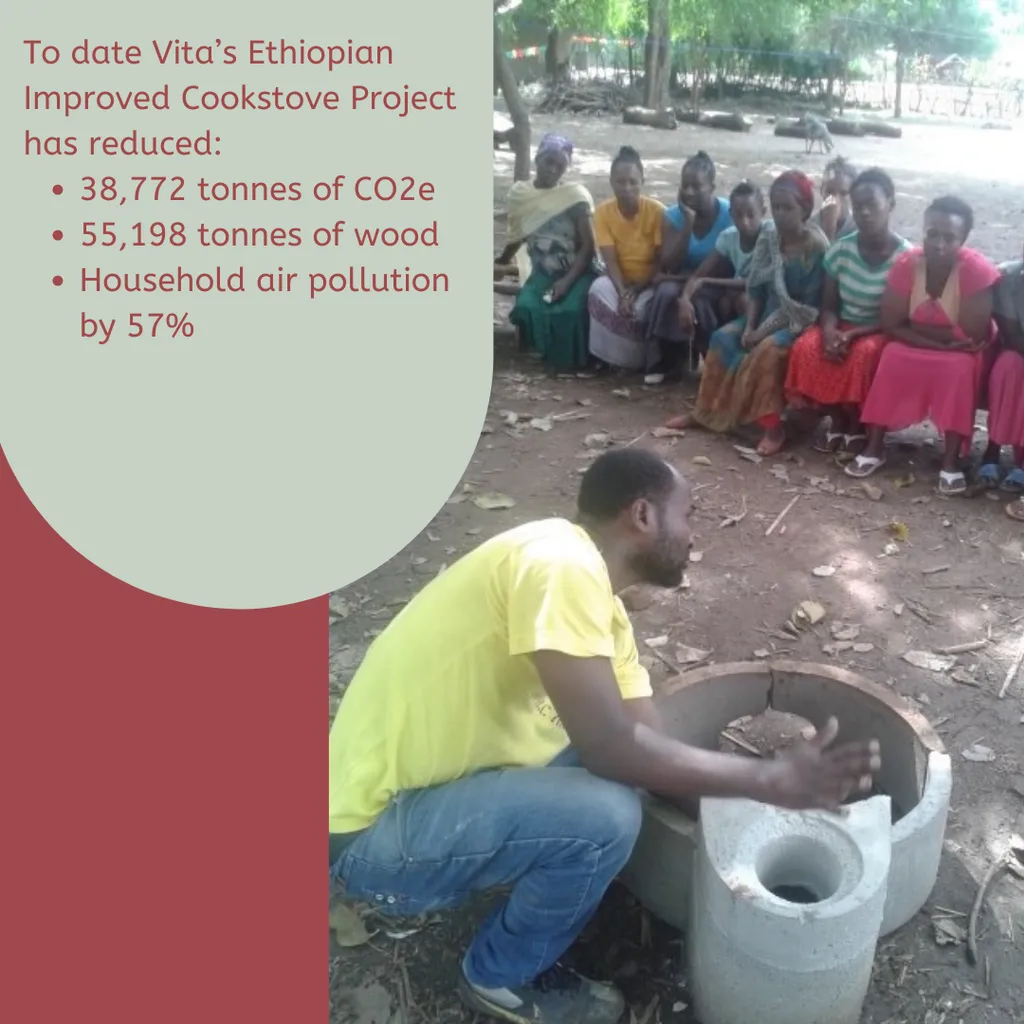In the heart of Ethiopia, a revolution in cooking technology is brewing, one that could significantly boost the country’s sustainable development goals and reshape the energy sector. Researchers at the Bahir Dar Energy Center have developed an innovative cook stove that promises to enhance energy efficiency, reduce indoor air pollution, and curb deforestation. The lead author of the study, Mengistu Teshome, shares his insights on the potential impact of this new technology.
The new stove, designed to replace the widely used Mirt stove, features a double-wall construction and utilizes flue gas as an insulator. This design leads to remarkable improvements in performance. “The new stove achieves a thermal efficiency of 28.42%, which is a significant 7.47% increase over the Mirt stove,” Teshome explains. This enhanced efficiency translates to a 7.21% reduction in specific fuel consumption, meaning households and businesses can save on fuel costs while reducing their environmental footprint.
One of the most compelling aspects of the new stove is its impact on cooking time. In Ethiopia, injera, a staple flatbread, is a daily necessity. The new stove reduces the baking time for one kilogram of injera by 12.15%, from 4.41 minutes to just 3.92 minutes. This might seem like a small improvement, but for commercial kitchens and households, it adds up to substantial time and cost savings over the long term.
The environmental benefits are equally impressive. The fuel savings achieved by the new stove are expected to result in a significant reduction of greenhouse gas emissions, amounting to 0.198 tons of CO2 per year. This reduction is a crucial step towards Ethiopia’s sustainable development goals, particularly in mitigating climate change and promoting sustainable energy use.
The study, published in the Journal of Engineering, also highlights improvements in injera quality. The new stove produces injera with better moisture content, consistency, and overall sensory qualities, a 2.8% improvement over the Mirt stove. This enhancement could have significant commercial implications, as the quality of injera is a critical factor in customer satisfaction and market competitiveness.
The implications of this research extend beyond Ethiopia. As countries around the world seek to improve energy efficiency and reduce environmental impact, the innovations in stove design could serve as a model for similar advancements in other regions. The double-wall construction and use of flue gas as an insulator are technologies that could be adapted and scaled for various cooking and heating applications.
Teshome envisions a future where such technological advancements are integrated into broader energy policies. “This stove is not just about cooking; it’s about creating a sustainable future,” he says. “By improving energy efficiency and reducing pollution, we can make a significant contribution to Ethiopia’s development goals and inspire similar initiatives globally.”
The development of this new cook stove represents a significant step forward in the quest for sustainable energy solutions. As the technology gains traction, it could reshape the energy sector, driving innovation and setting new standards for efficiency and environmental responsibility. The journey from the lab to the kitchen is just beginning, but the potential impact is already clear: a brighter, more sustainable future for Ethiopia and beyond.

